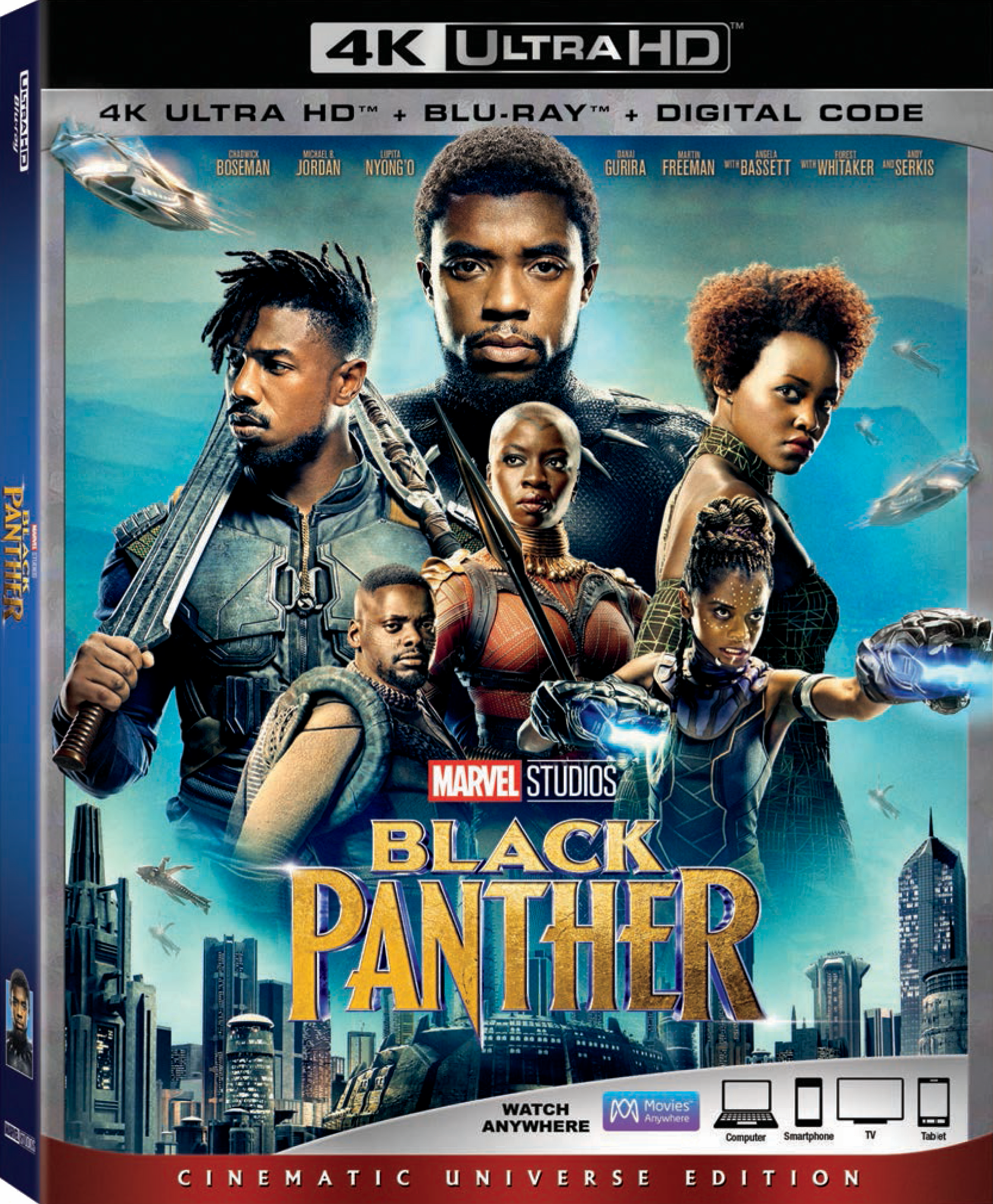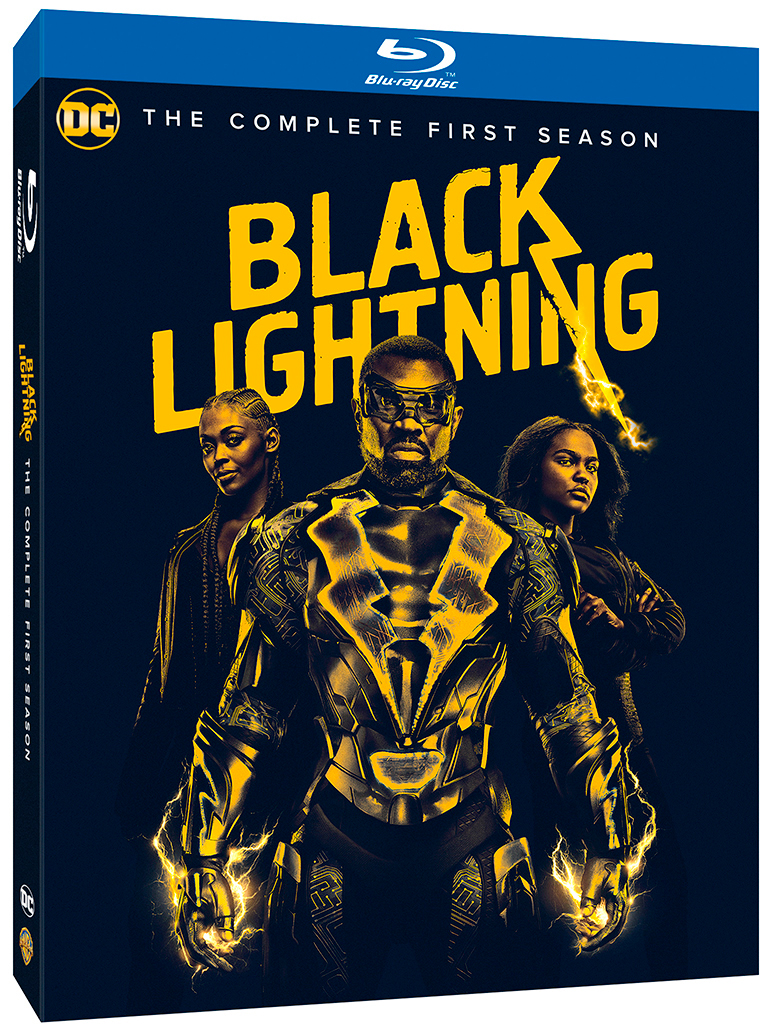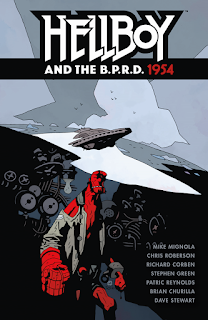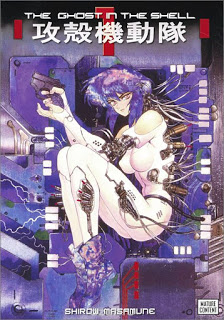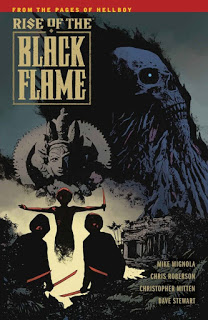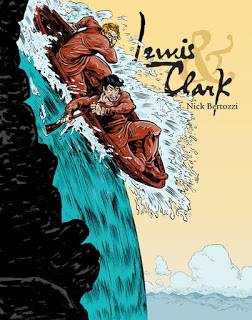Wakanda Forever as Black Panther Comes to Disc in May
 BURBANK, Calif. (April 10, 2018) — Marvel Studios’ Black Panther, the highly celebrated story of T’Challa (Chadwick Boseman), a young African prince who takes on the mantle of King and Super Hero, has thrilled and inspired generations of moviegoers around the globe. Now, fans can bring home the phenomenon, packed with light-hearted fun, pulse-pounding action and a powerful message, and watch it over and over again, Digitally in HD and 4K Ultra HD™ and Movies Anywhere on May 8 and on 4K Ultra HD™, Blu-ray™, DVD and On-Demand on May 15. With both Dolby Vision and Dolby Atmos immersive sound, 4K Ultra HD offers consumers a transformative viewing experience.
BURBANK, Calif. (April 10, 2018) — Marvel Studios’ Black Panther, the highly celebrated story of T’Challa (Chadwick Boseman), a young African prince who takes on the mantle of King and Super Hero, has thrilled and inspired generations of moviegoers around the globe. Now, fans can bring home the phenomenon, packed with light-hearted fun, pulse-pounding action and a powerful message, and watch it over and over again, Digitally in HD and 4K Ultra HD™ and Movies Anywhere on May 8 and on 4K Ultra HD™, Blu-ray™, DVD and On-Demand on May 15. With both Dolby Vision and Dolby Atmos immersive sound, 4K Ultra HD offers consumers a transformative viewing experience.
Through the 4K Cinematic Universe Edition of “Black Panther,” fans will experience the exhilarating adventure in stunning 4K Ultra HD with next-generation high dynamic range (HDR) visuals and Dolby Atmos immersive audio. Never-before-seen extras feature commentary from director Ryan Coogler; deleted scenes; outtakes; and several making-of featurettes, which detail the Black Panther’s evolution, the remarkable women of Wakanda, the history of T’Challa’s proud nation, and the cosmic origin and technological applications of vibranium. Also included are a roundtable discussion with “Black Panther” filmmakers and writers; a featurette tracing the countless connections between heroes, characters and storylines within the Marvel Cinematic Universe; and an exclusive sneak peek at “Ant-Man and the Wasp.”
The global cultural phenomenon of Black Panther has dominated the box office charts emerging as the third biggest movie of all time domestically with over $665 million – the first film in eight years to spend five weeks at No. 1 – and rising to the global top 10 of all time with over $1.3 billion. In the acclaimed film, T’Challa returns home to the hidden high-tech African nation of Wakanda to succeed to the throne and take his rightful place as king, following the death of his father. But when a man named Killmonger (Michael B. Jordan) appears, T’Challa’s mettle as king—and Black Panther—is tested when he’s drawn into a formidable conflict that puts the fate of Wakanda and the entire world at risk. Pitted against his own family, the king must rally his allies and release the full power of Black Panther to defeat his foes and embrace his future as an Avenger.
The film features a fierce group of Wakandan women, including Nakia (Academy Award® winner Lupita Nyong’o), a War Dog and Wakandan spy; Shuri (Letitia Wright), T’Challa’s little sister and tech wizard; and the Dora Milaje, the all-female Wakandan Special Forces led by Okoye (Danai Gurira). They team up with reluctant ally CIA agent Everett K. Ross (Martin Freeman) to help T’Challa defend Wakanda against the forces threatening to destroy it. The extraordinary ensemble cast of Black Panther also includes veteran actors such as Academy Award® nominee Angela Bassett as Ramonda, T’Challa and Shuri’s mother; Academy Award® winner Forest Whitaker as Zuri, the spiritual leader of Wakanda; and Andy Serkis as Ulysses Klaue, an illegal arms dealer; and standout performances by Academy Award® nominee Daniel Kaluuya as W’Kabi, Royal Counsel to T’Challa; Winston Duke as M’Baku, the formidable leader of the Jabari tribe; and Emmy® Award-winner Sterling K. Brown as N’Jobu, a Wakandan War Dog.
The action in Black Panther is intensified through a musical score by GRAMMY®-nominated composer Ludwig Göransson and soundtrack curated and produced by GRAMMY® Award-winning global superstar Kendrick Lamar and Billboard Magazine’s Executive of the Year Anthony “Top Dawg” Tiffith. Black Panther: The Album topped the Billboard 200 chart for five consecutive weeks and the end-credit track, “All The Stars,” featuring Lamar and SZA, spent nine weeks in the top 10 on Billboard’s Hot 100 chart.
BONUS MATERIAL (may vary by retailer):
Blu-ray:
- Director’s Intro
- From Page to Screen: A Roundtable Discussion – Delve into the film’s making
- Crowning of a New King – Explore the world of Black Panther in all its color and complexity
- The Warriors Within – Get to know Wakanda’s women and the actors who portray them
- The Hidden Kingdom Revealed – Wakanda’s diverse people
- Wakanda Revealed: Exploring the Technology
- Deleted Scenes
- N. Meet and Greet
- Okoye And W’Kabi Discuss the Future of Wakanda
- T’Challa Remembers His Father
- Voices from the Past
- Gag Reel
- Exclusive Sneak Peek at Ant-Man and The Wasp
- Marvel Studios the First Ten Years: Connecting the Universe
- Director’s Commentary
Digital Exclusives:
- In World Wakanda Tourism Ads
- Come to Wakanda “Before”
- Come to Wakanda “After”
Black Panther is packaged several ways to ensure fans get the most out of their in-home viewing experience. The Multiscreen Edition (formerly the Blu-ray Combo Pack) includes Blu-ray, and a Digital Copy, giving viewers the flexibility to watch the film on different devices. Those with 4K Ultra HD capability may opt for a 4K UHD Collector’s Edition, including 4K Ultra HD disc with Dolby Vision and Dolby Atmos, Blu-ray disc, and a digital copy (where available). Dolby Vision delivers greater brightness and contrast, as well as a fuller palette of rich colors. Dolby Atmos places and moves audio anywhere in the room, including overhead. Together on 4K Ultra HD Blu-ray disc, viewers will fully experience the sights and sounds of Wakanda.
DISC SPECIFICATIONS (applies to film content only):
Product SKUs: 4K Cinematic Universe Edition (4K UHD+Blu-ray+Digital), Multi-Screen Edition (Blu-ray+Digital), Digital UHD, HD, SD, HD Bundle (“Black Panther”+”Captain America: Civil War”), DVD and On-Demand
Feature Run Time: Approximately 134 minutes
Rating: PG-13
Aspect Ratio: 2.39
Audio:UHD BD: English Dolby Atmos, English 7.1 Dolby Digital Plus, Latin Spanish 7.1 Dolby Digital Plus, French and Spanish 5.1 Dolby Digital, English Descriptive Audio 2.0 Dolby Digital
Blu-ray: English 7.1 DTS-HDMA, French and Spanish 5.1 Dolby Digital, English Descriptive Audio 2.0 Dolby Digital
DVD: English, French and Spanish 5.1 Dolby Digital, English Descriptive Audio 2.0 Dolby Digital
UHD Digital: English Dolby Atmos (some platforms), English 7.1 Dolby Digital Plus (some platforms), English 5.1 & 2.0 Dolby Digital, English Descriptive Audio 2.0 Dolby Digital
HD Digital: English 7.1 Dolby Digital Plus (some platforms), English 5.1 & 2.0 Dolby Digital, Latin Spanish 5.1 & 2.0 Dolby Digital, French 5.1 & 2.0 Dolby Digital, English Descriptive Audio 2.0 Dolby Digital
SD Digital: English 5.1 & 2.0 Dolby Digital, Latin Spanish 5.1 & 2.0 Dolby Digital, French 5.1 & 2.0 Dolby Digital, English Descriptive Audio 2.0 Dolby Digital
Languages/Subtitles: English SDH, French & Spanish
Captions: English
BLACK PANTHER CAST & CREW:
Black Panther stars Chadwick Boseman (Captain America: Civil War, Get on Up), Michael B. Jordan (Creed, Fruitvale Station), Academy Award® winner Lupita Nyong’o (Star Wars: The Force Awakens, 12 Years a Slave), Danai Gurira (The Walking Dead, All Eyez on Me), Martin Freeman (The Hobbit trilogy, Sherlock), Daniel Kaluuya (Get Out, Sicario), Letitia Wright (Urban Hymn, Glasgow Girls), Winston Duke (Person of Interest, Modern Family), with Academy Award® nominee Angela Bassett (American Horror Story, London Has Fallen), with Academy Award® winner Forest Whitaker (Rogue One: A Star Wars Story, Lee Daniels’ The Butler) and Andy Serkis (Avengers: Age of Ultron, Star Wars: The Force Awakens).
Ryan Coogler (Creed, Fruitvale Station) directs from a screenplay he wrote with Joe Robert Cole (The People v. O.J. Simpson: American Crime Story). Kevin Feige is producer with Louis D’Esposito, Victoria Alonso, Nate Moore, Jeffrey Chernov and Stan Lee serving as executive producers.
The Black Panther creative brain trust includes frequent Coogler collaborators: Oscar®-nominated director of photography Rachel Morrison, ASC (Dope, Fruitvale Station), production designer Hannah Beachler (Creed, Fruitvale Station), editor Michael P. Shawver (Creed, Fruitvale Station) and composer Ludwig Göransson (Creed, Fruitvale Station); along with editor Debbie Berman (Spider-Man: Homecoming, Timeless), costume designer Ruth E. Carter (Selma, Lee Daniels’ The Butler), Academy Award®–winning makeup designer Joel Harlow (Star Trek Beyond, Black Mass), visual effects supervisor Geoffrey Baumann (Doctor Strange, Avengers: Age of Ultron) and eight-time Academy Award® nominee/special effects supervisor Dan Sudick (Captain America: Civil War, Marvel’s The Avengers).

